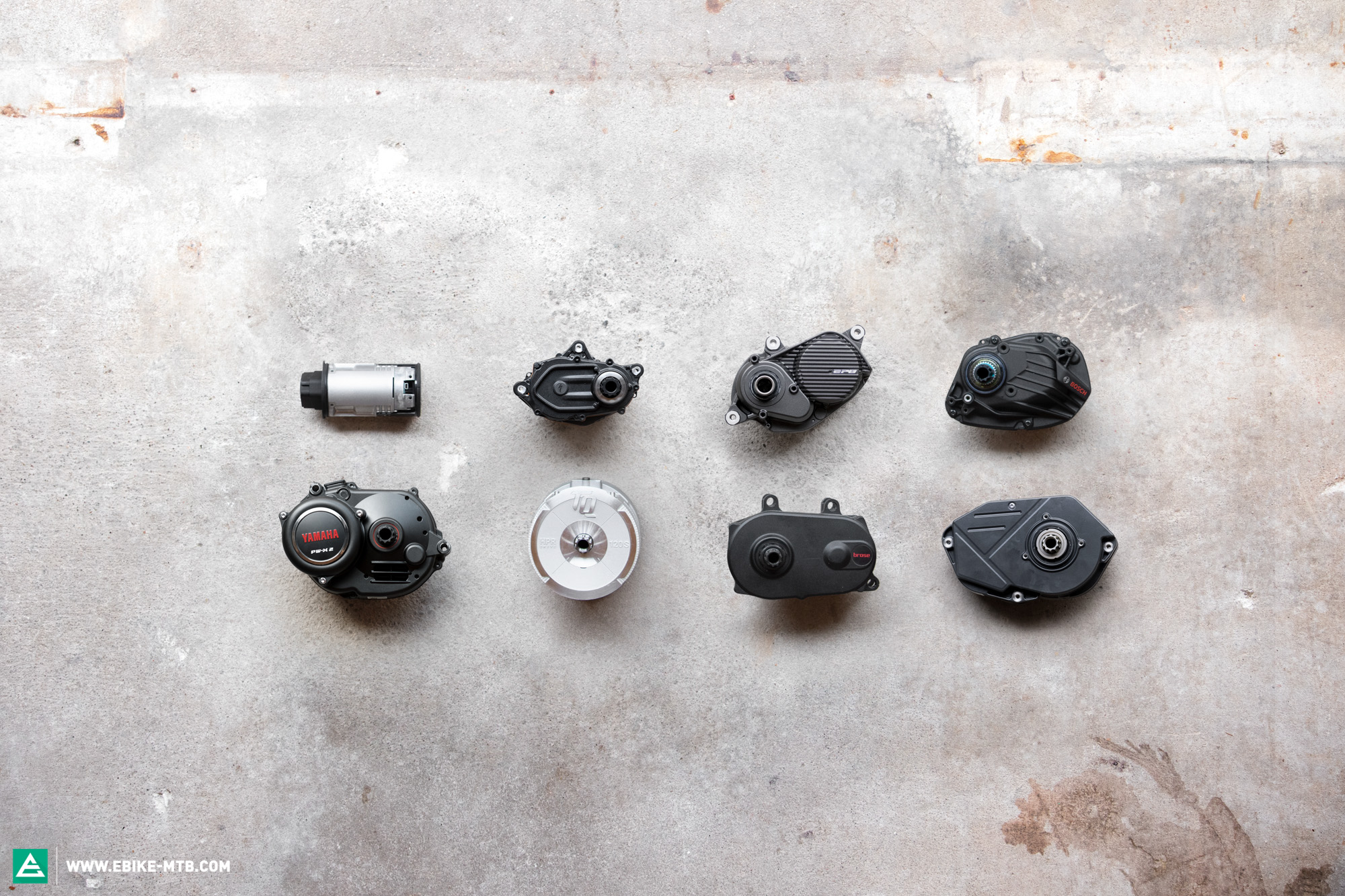My personal motto is: follow where the evidence leads you. I arrived at a much different place than where I originally started. As a mechanical cyclist, the riding experience is of paramount importance. I don't care about motor power or battery capacity. Those features are primarily a hinderance to the bike feel.
The bike i seek is a hybrid of Specialized Creo SL and Flyon Adventure.

My Actual Requirements
A: 10 Amp Charger
C: Almost Imperceptible Decoupled Motor Resistance
S: My Dream Bike - realizable in the foreseeable future
BC: Specialized Creo SL
SA: Haibike FlyOn Adventure
AB: JuicedBikes with 3C battery pack cells. Can 8Fun motor be decoupled?

 ebike-mtb.com
ebike-mtb.com
The bike i seek is a hybrid of Specialized Creo SL and Flyon Adventure.
- This bike is for 100 mile bikepacking trips in less than 5 hours.
- I do not require continuous power. I am willing to pedal ten miles unpowered.
- I expect to stop every two hours for a 30 minute recharging break.
My Actual Requirements
A: 10 Amp Charger
- High C Batteries designed to charge within one hour
- Charger weighing less than five pounds
- Total bike weight, including charger, under 33 pounds.
- I expect to carry charger on trips over 50 miles.
- This bike is for 100 mile bikepackingtrips in less than 5 hours.
C: Almost Imperceptible Decoupled Motor Resistance
S: My Dream Bike - realizable in the foreseeable future
BC: Specialized Creo SL
SA: Haibike FlyOn Adventure
AB: JuicedBikes with 3C battery pack cells. Can 8Fun motor be decoupled?

The best eMTB motor of 2021 – The 8 hottest motors in test
Which ebike motor is best? We tested seven of the most important motors in our group test and tell you what it’s all about on the trail.
Haibike’s FLYON range featuring the powerful TQ motor comes with a 630 Wh battery. If you’re looking for a lot of power and you tend to keep your rides short, this is a great motor. However, you’ll run into problems if you want to go on longer rides unless you resort to using the energy-saving but also weak Eco mode. Specialized’s SL 1.1 motor is at the other extreme of the spectrum. It is an excellent concept for fit and aggressive riders who are looking for natural handling close to that of an unpowered bike thanks to its modular battery system, compact dimensions, low weight. However, the low power output means this is not the bike for those who want that eMTB-superman feeling on the climbs. As you can see, how you use your eMTB and how the system performs as a whole is the decisive factor here.
So, which is the best motor?
There is no longer just one best eMTB motor. The market has become too differentiated and on account of the countless variables and customisation options, there’s no way of rating the different motors in isolation either. The best motor is only as good as the bike into which it’s built. If the basic concept of the bike doesn’t work, even the best motor won’t be able to transform it into a good eMTB. Think carefully about when, how, and where you want to ride. Once you’ve figured that out, we’ve compiled an overview on the following pages to show you which motor is most suitable for you and your riding style
Last edited:
